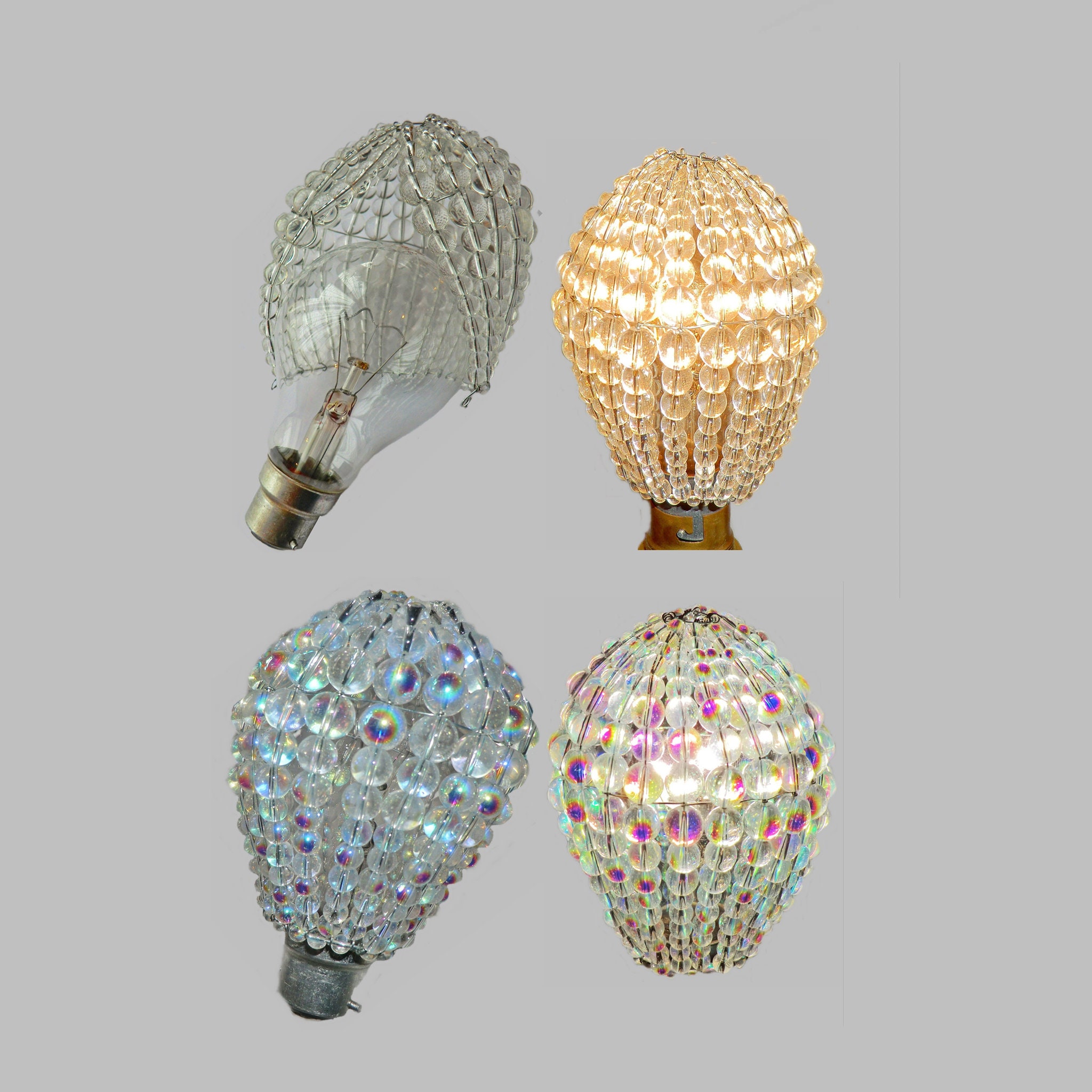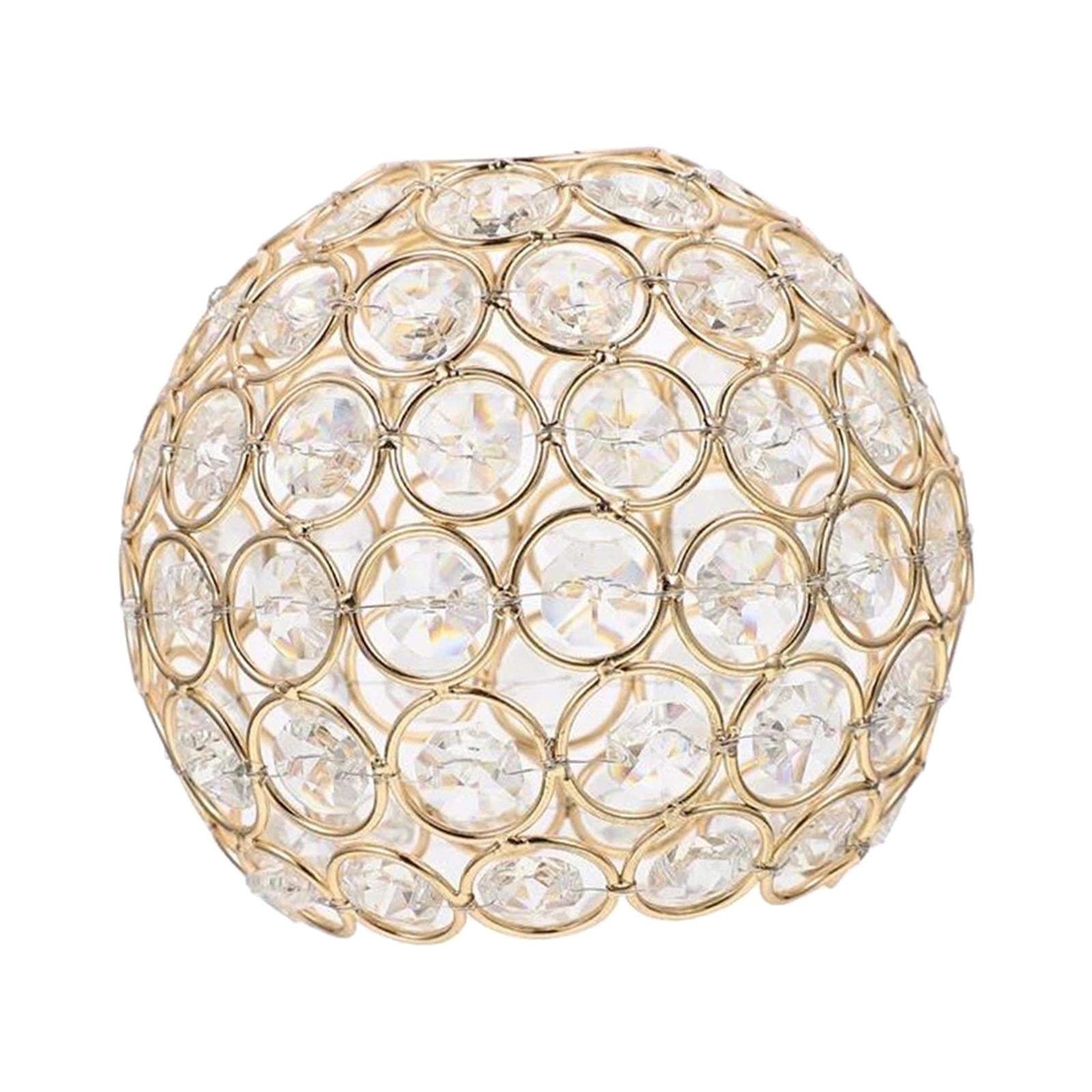When it comes to home décor, lighting often takes a back seat. However, with the right decorative light bulb covers, you can transform an ordinary bulb into a stunning focal point. Having experimented with various designs in my home, I can attest to the significant impact these small additions can make. In this article, we’ll dive deep into the types, benefits, installation tips, and everything else related to decorative light bulb covers to help you brighten your space in style.
What Are Decorative Light Bulb Covers?
Decorative light bulb covers are aesthetic overlays that enhance the look of bare light bulbs. They come in various styles, materials, and designs, allowing homeowners to customize their lighting to match their décor theme.
The Importance of Decorative Light Bulb Covers
Beyond aesthetics, decorative light bulb covers serve several important functions:
- They diffuse light, softening harsh brightness and creating a warm ambiance.
- They protect the bulb, extending its lifespan by reducing exposure to dust and moisture.
- They add character to your space, reflecting your personal style or the theme of the room.
Types of Decorative Light Bulb Covers
There are various types of decorative light bulb covers available, each with its unique appeal. Let’s explore some popular options.
1. Glass Covers
Glass covers are classic and versatile. They come in different shapes and colors, enabling you to find the perfect match for any setting.
Pros of Glass Covers
- Durable and long-lasting.
- Easy to clean.
- Available in customizable designs.

Cons of Glass Covers
- Can be heavy and cumbersome.
- More fragile than other materials.
2. Fabric Covers
Fabric covers add a softer touch, perfect for cozy interiors. They can be easily made or purchased in various patterns and colors.

Pros of Fabric Covers
- Softens light effectively.
- Available in numerous colors and textures.
- Easy to replace or wash.
Cons of Fabric Covers
- May not provide as much durability.
- Potential fire hazard if not made from fire-retardant materials.

3. Plastic Covers
Lightweight and affordable, plastic covers come in various colors and shapes. They are excellent for outdoor installations.
Pros of Plastic Covers
- Cost-effective.
- Lightweight and easy to install.
- Available in weather-resistant forms.
Cons of Plastic Covers
- Less durable than glass.
- Can discolor over time.
4. Decorative Shades and Lanterns
Shades and lantern-like covers can turn a light bulb into a captivating design element, ideal for dining areas or living rooms.

Pros of Decorative Shades
- Adds significant aesthetic appeal.
- Comes in a variety of styles and designs.
- Can create focal points in a room.
Cons of Decorative Shades
- Can be more challenging to clean.
- May require specific bulbs for fitting.

Choosing the Right Light Bulb Cover for Your Needs
When selecting decorative light bulb covers, consider the following factors to ensure you make the right choice:
1. Style
Identify the overall theme of your room—modern, rustic, vintage, or eclectic? Choose a cover that complements this theme.
2. Functionality
Consider the function of the light fixture. Is it for ambient lighting, task lighting, or decorative purposes? Your cover should enhance its intended use.
3. Ease of Installation
Some covers are easier to install than others. Ensure you can easily secure the cover or hire someone to do it if necessary.
4. Durability
Choose materials that meet your lifestyle needs. For high-traffic areas, opt for covers that can withstand wear and tear.
Installation Tips for Decorative Light Bulb Covers
Installing decorative light bulb covers can be a straightforward task if you follow these tips:
1. Safety First
Always ensure the light fixture is turned off and cooled down before any installations.
2. Gather Your Tools
Typical tools needed include a ladder (if necessary), a screwdriver, and sometimes adhesive materials depending on the type of cover.
3. Follow Manufacturer Instructions
Each cover may have unique installation processes, so always refer to the provided instructions for the best results.
4. Make It Secure
Ensure that the cover is securely fastened to avoid any accidents or damage.
Comparison Table of Decorative Light Bulb Covers
| Cover Type | Material | Pros | Cons | Best Use Case |
|---|---|---|---|---|
| Glass Covers | Glass | Durable, customizable | Heavy, fragile | Living rooms, dining areas |
| Fabric Covers | Fabric | Soft light, diverse | Durability issues | Bedrooms, cozy spaces |
| Plastic Covers | Plastic | Lightweight, weather-resistant | Less durable | Outdoor lighting |
| Shades & Lanterns | Metal, glass | Aesthetic appeal | Hard to clean | Dining rooms, entryways |
Pros and Cons of Using Decorative Light Bulb Covers
Pros
- Enhances aesthetic appeal
- Diverse options for customization
- Improves the ambiance of a room
- Protects bulbs from dust and damage
- Can diffuse harsh lighting
Cons
- May require additional maintenance
- Some designs can be costly
- Installation can be tricky for some covers
- Potential fire hazards with fabric materials
How Decorative Light Bulb Covers Impact Your Interior Design
Incorporating decorative light bulb covers can significantly enhance your interior design. Here are some ways they can impact your space:
1. Setting the Mood
Light affects our emotions and behavior. A well-chosen cover can create a warm, inviting atmosphere or a cool, modern vibe.
2. Focal Points
Strategic placement of decorative covers can draw attention to specific areas of your home, creating natural focal points.
3. Cohesive Design
When your lighting matches your overall aesthetic, it creates a harmonious flow throughout your space, making it feel well-planned and integrated.
Personal Experience: My Journey with Decorative Light Bulb Covers
When I first moved into my home, I was focused on functional lighting without considering the aesthetic side of things. It wasn’t until I hosted my first dinner party that I realized how bare and uninviting my lighting looked. That’s when I decided to experiment with different decorative light bulb covers. I started with glass covers in the dining area, and I was amazed by the warmth they added. Now, my home is filled with carefully chosen covers that tell a story about my style and preferences. Lighting has become one of my favorite elements in interior design.
Frequently Asked Questions (FAQs)
1. Are decorative light bulb covers safe to use?
Yes, decorative light bulb covers are generally safe as long as they are installed correctly and made from heat-resistant materials, especially if they are near higher-wattage bulbs.
2. Can I make my own decorative light bulb covers?
Absolutely! DIY light bulb covers can be a fun project. You can use various materials such as fabric, cardboard, or even lace to create unique designs that fit your style.
3. Do decorative light bulb covers affect light quality?
Yes, decorative covers can diffuse light, affecting brightness and ambiance. Choosing the right material is key to ensuring you achieve the desired effect.
4. How do I clean my decorative light bulb covers?
Cleansing methods vary by material. Glass covers can typically be wiped down with a glass cleaner, while fabric covers may need to be removed and washed according to care instructions.
5. Where can I buy decorative light bulb covers?
Decorative light bulb covers can be found in home improvement stores, specialty lighting shops, and online marketplaces. Sites like Amazon, Etsy, and Wayfair often have a vast selection.
Conclusion
Decorative light bulb covers are not merely functional; they are a design statement that can uplift your living space. Whether you prefer glass, fabric, plastic, or elaborate shades, rest assured there’s a perfect cover waiting to illuminate your home beautifully. Remember to consider your personal style, room dynamics, and the overall ambiance you aim to achieve. As my experience has shown, the right decorative cover can make a world of difference!